This month sees the start of this year’s Big Butterfly Count (July 16), run by the wildlife charity Butterfly Conservation.
The data is collected from people recording the butterflies they've seen in their gardens and while out on walks.
It is the world’s largest butterfly survey, helping us to understand the impact of climate change and habitat loss on butterflies and to protect them from extinction.
TV presenter Chris Packham, who is vice-president of Butterfly Conservation, said: "Biodiversity and climate crisis is an urgent issue and it can be overwhelming to think about what we can do as individuals to really make a difference.
"Because butterflies and moths make excellent indicators of the impacts of climate change and other human environmental factors, collecting data on their numbers is really important.
"So, something as simple as recording a butterfly spotted in your garden, at your local park or on your window box can play a part in vital research into a global problem. It's a really valuable contribution everyone can make."
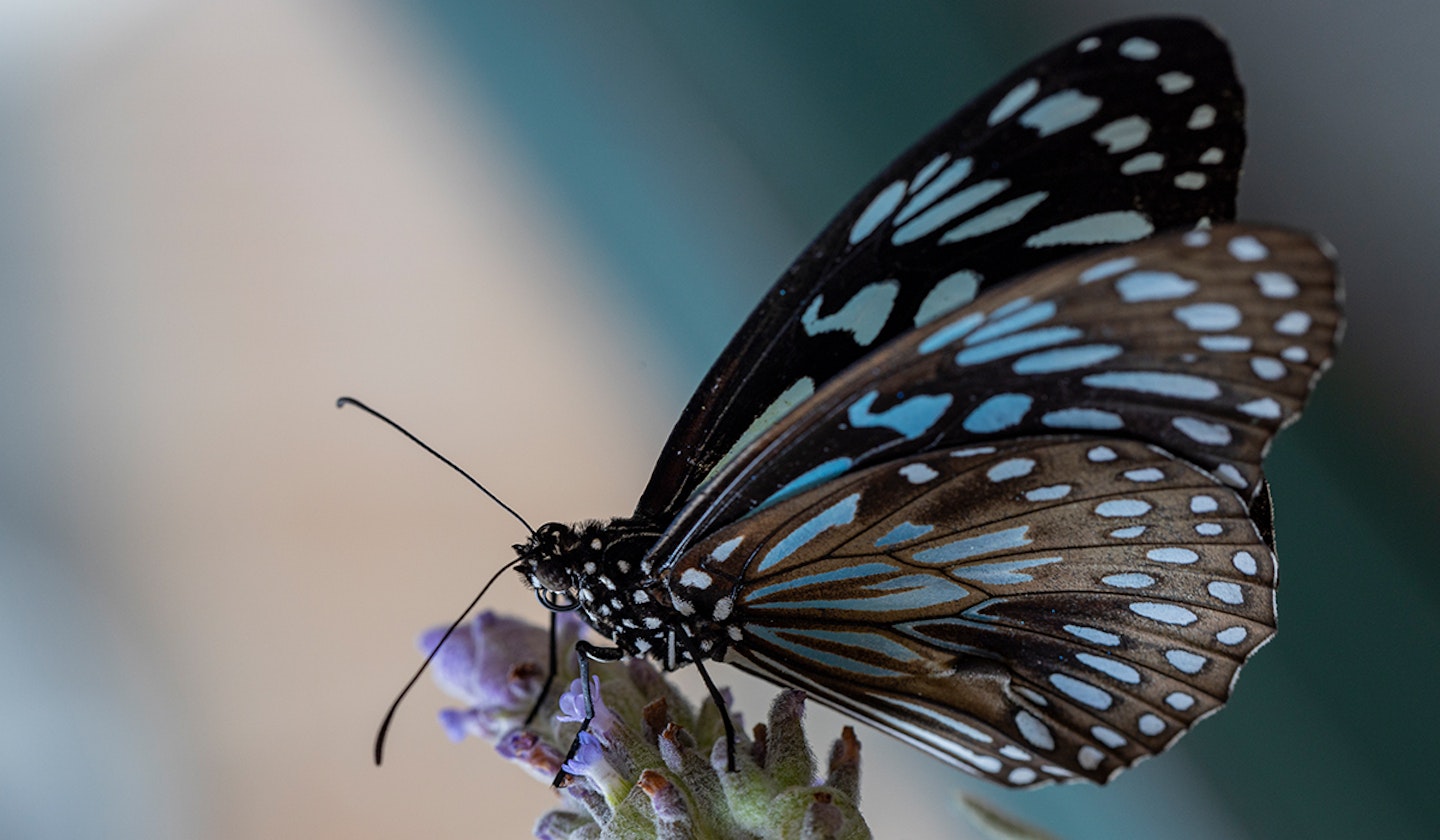
The UK has 59 species of butterfly; 56 are permanent residents and three – the red admiral, the painted lady and the clouded yellow – are regular migrants from Europe and Africa.
Butterflies are a crucial part of the food chain; their caterpillars are an important food source for birds, bats and other insect-eating animals, and their transformation from egg to caterpillar to chrysalis and finally a butterfly is one of the wonders of nature. But it’s also the fluttering beauty that they bring to our gardens and the countryside that make them so special; there’s a child-like joy seeing butterflies whatever your age.
How do I attract butterflies to my garden?
Use nectar-rich plants
Butterflies feed on nectar, a sugary substance produced by flowers, which gives them the energy to fly. Some flowers produce more nectar than others. The key is to have a succession of nectar plants from spring right through to autumn. While most butterflies spend the winter in egg or chrysalis form, some hibernate, so need sources of nectar in spring to give them energy when they emerge. Likewise in autumn, they need to be able to build up their reserves to get them through the winter months.
Spring flowers such as primroses, English bluebells, honesty and sweet rocket are good sources of nectar and caterpillar food and are perfect planted in the dappled shade under a deciduous tree or large shrubs.
For the summer months there is a range of plants that will provide a banquet for passing butterflies. The flowers of thyme, mint and oregano are particular favourites. Catmint is a magnet for bees, but it’s also popular with butterflies, as are hardy salvias like ‘Caradonna’ and ‘Amethyst’, the silvery-blue spheres of echinops and the thistle-like flowers of Cirsium atropurpureum. Cosmos, sunflowers and dahlias are good too, but choose single-flowered varieties so that butterflies can easily access the nectar.
To extend the feeding season into autumn, grow late-flowering perennials such as echinacea, rudbeckias, asters, sedums and bugbane (Acatea simplex).
Feed the caterpillars
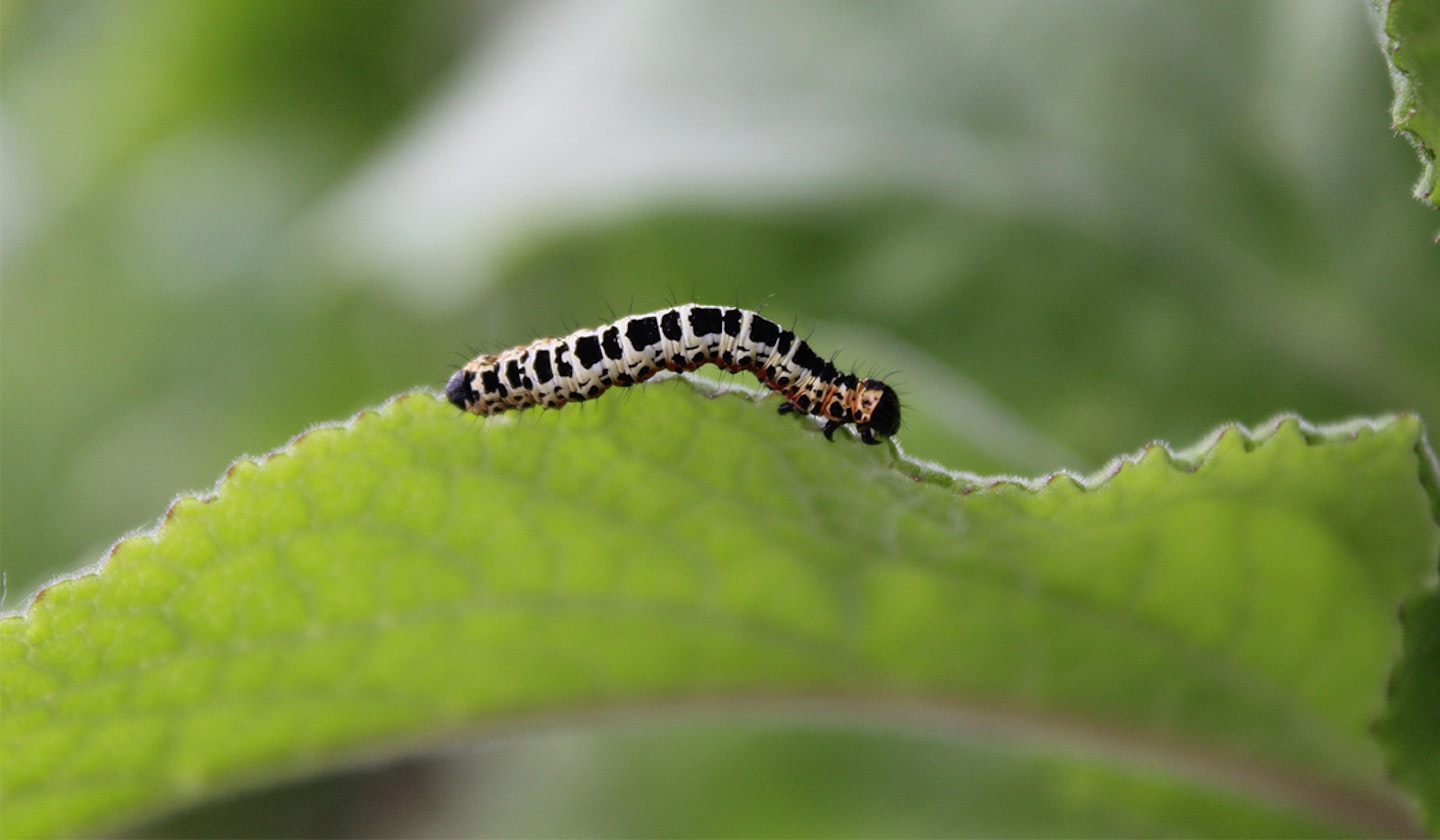
Caterpillars are fussy about what they eat, sometimes feeding on just one type of plant. Butterflies need to lay their eggs on the right plants so when caterpillars emerge, they have a ready supply of food. Nasturtiums are popular with the small and large white, and the green-veined white. Holly and ivy provide food for the holly blue caterpillars, bird’s-foot trefoil is favoured by the common blue and green hairstreak, orange tips prefer garlic mustard and honesty, and the small tortoiseshell, red admiral, comma and peacock all love stinging nettles.
Butterfly friendly gardening
• Holly blue butterflies feed on the young shoots of holly in spring, so leave pruning till later in the year.
• Don’t be too tidy - long grass and piles of leaves will provide shelter over winter for chrysalises.
• Deadhead plants throughout summer to encourage more flowers to bloom.
• Use organic ways to tackle weeds, pests and diseases rather than resorting to chemicals.
• Buy peat-free compost – peat bogs are home to the large heath butterfly, which is in decline as its habitat is threatened.
• Use climbers on bare walls and fences, such as ivy and honeysuckle.
5 flowers for butterflies
Eupatorium Maculatum ‘Purple Bush’
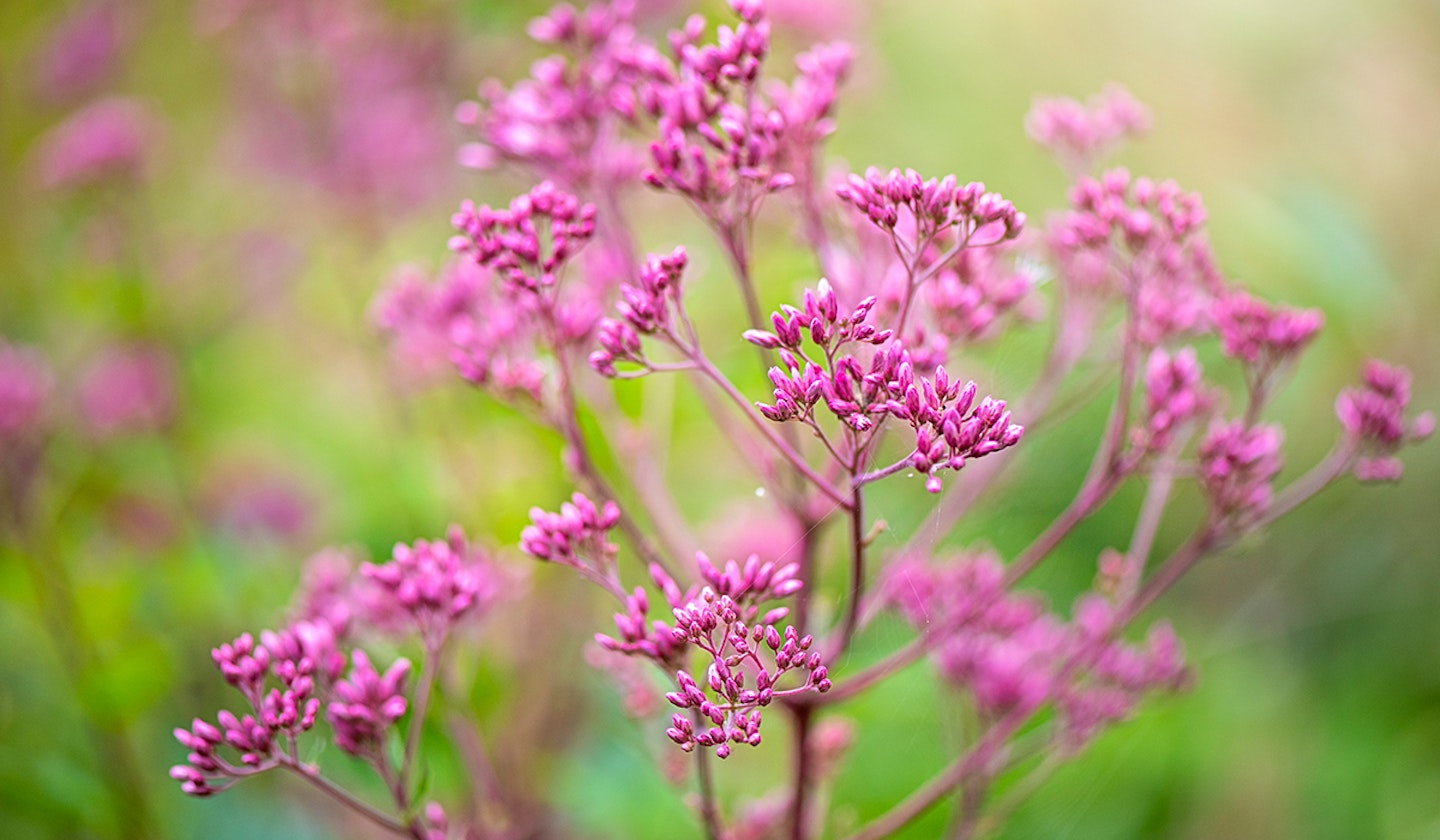
This herbaceous perennial with purple stems reaching up to 2m (7ft), is a good choice for the back of a border. It produces fluffy, pink flower heads from July to September.
Lavendula Angustifolia ‘Hidcote’
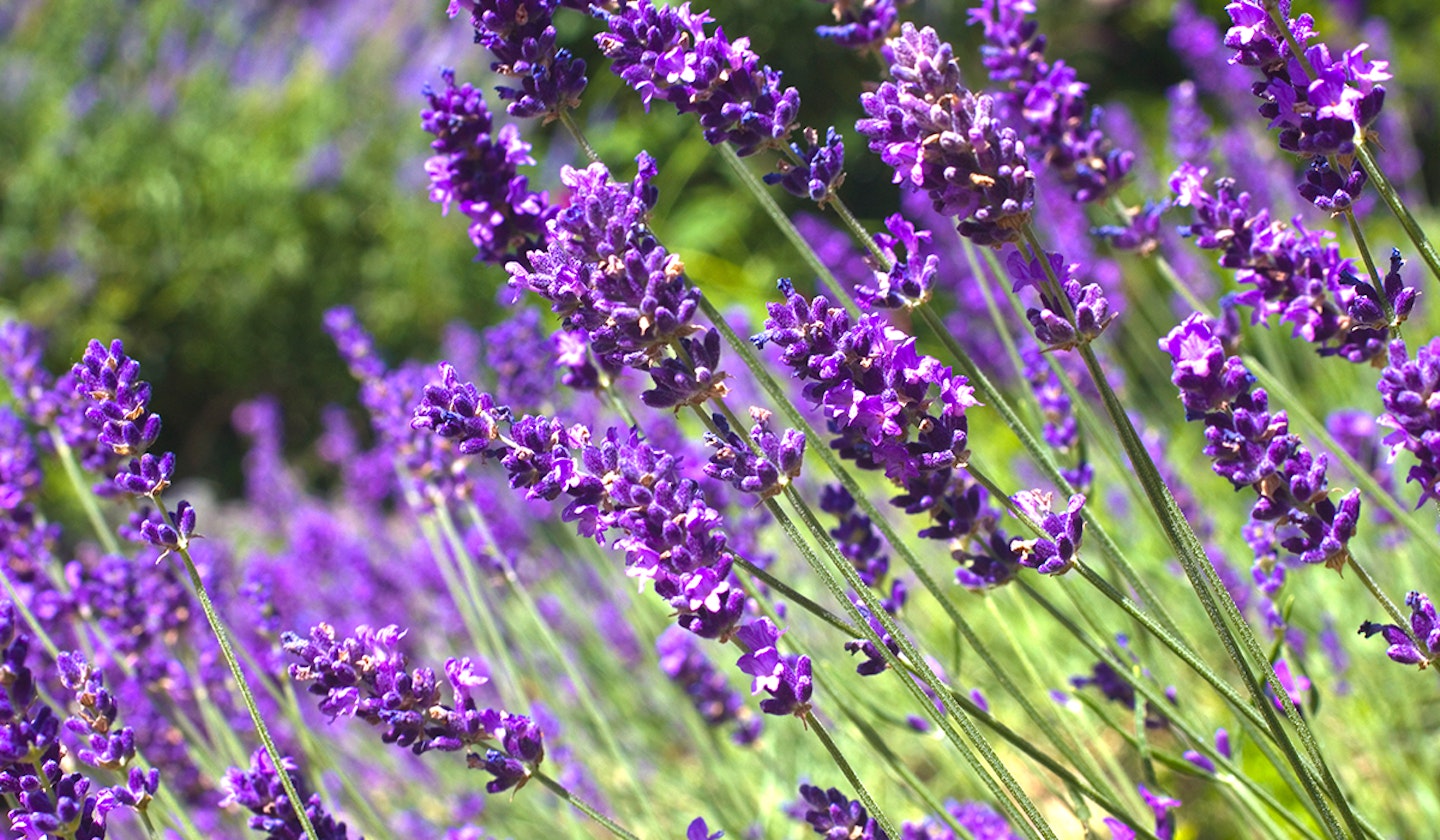
Aromatic grey-green foliage, covered in fragrant, deep purple flower spikes in July and August. A compact variety that can also be grown in containers. Grows to 70cm (27in) with a spread of 60cm (24in).
Scabiosa Atropurpurea
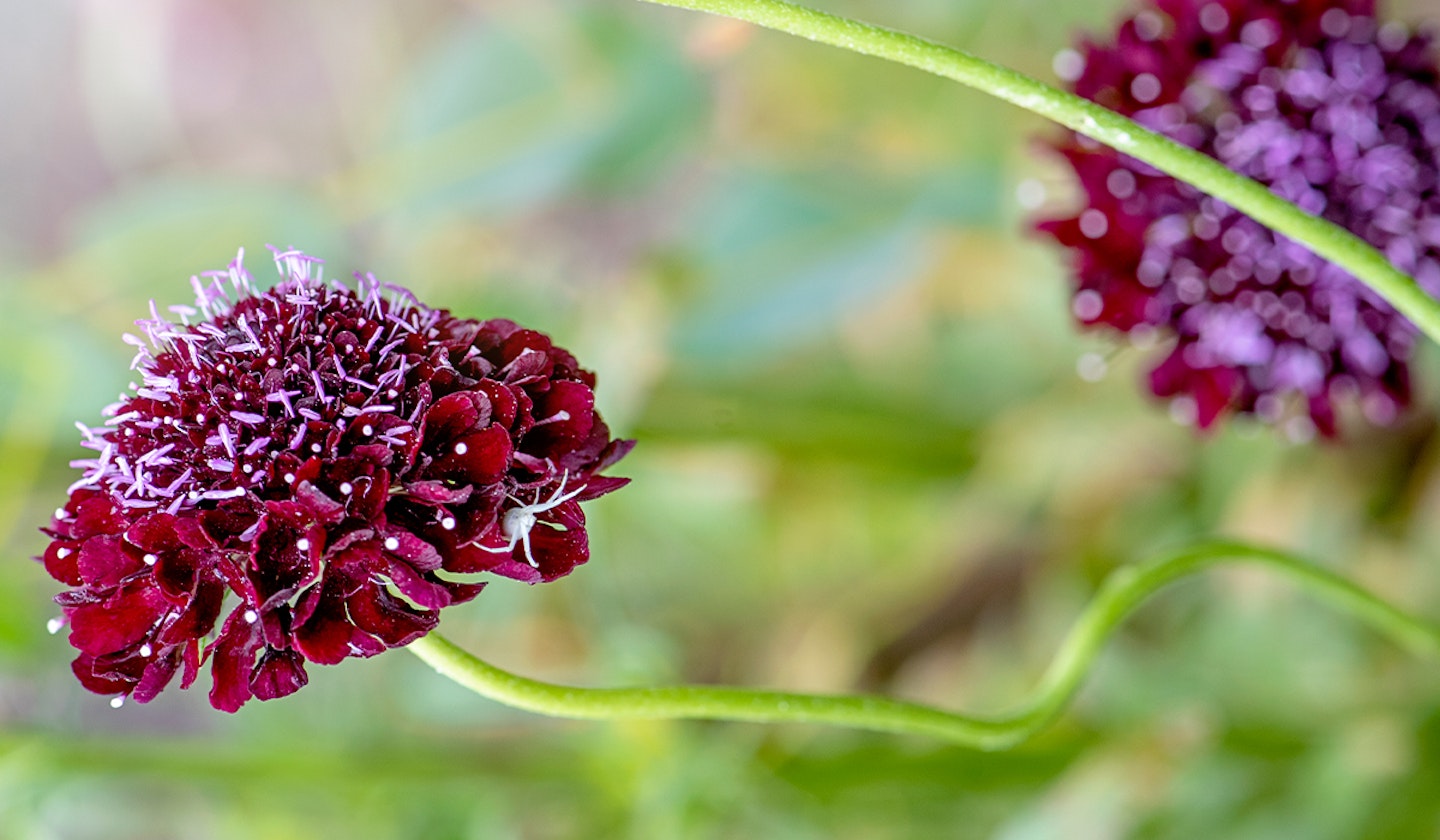
Pincushion-like flowers come in a range of colours including white, pastel pink, lavender-blue, dark burgundy and almost black. Really easy to grow from seed and hardy, so can be sown in late summer or spring. Grows up to 1m (39in).
Buddleja ‘Flutterby Petite Blue Heaven’
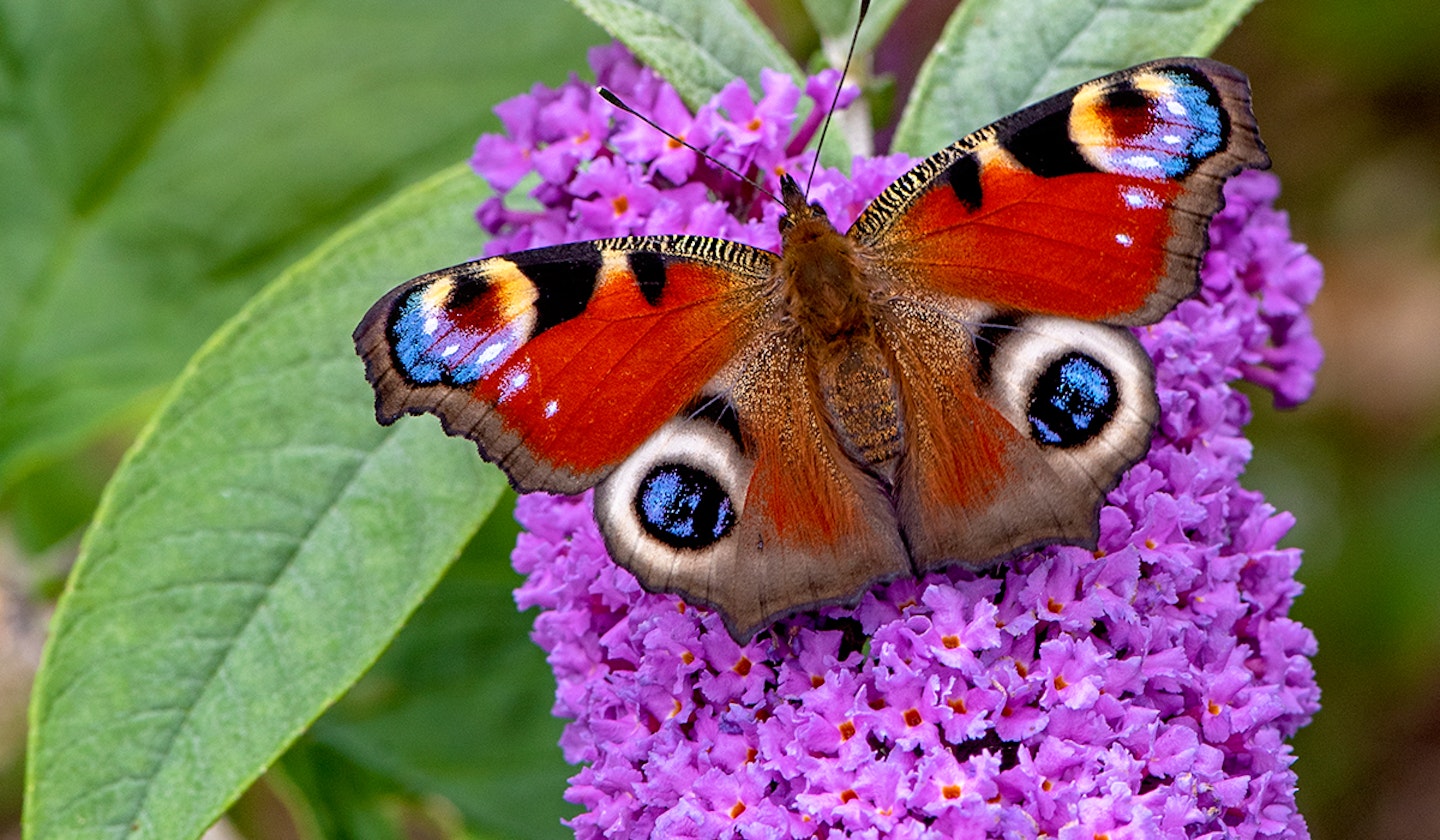
Buddlejas have arching branches laden with tiny tubular flowers. Lots of varieties grow into large shrubs, but this new cultivar is compact and can be grown in pots. Height and spread: 70cm (27in).
Verbena Bonariensis
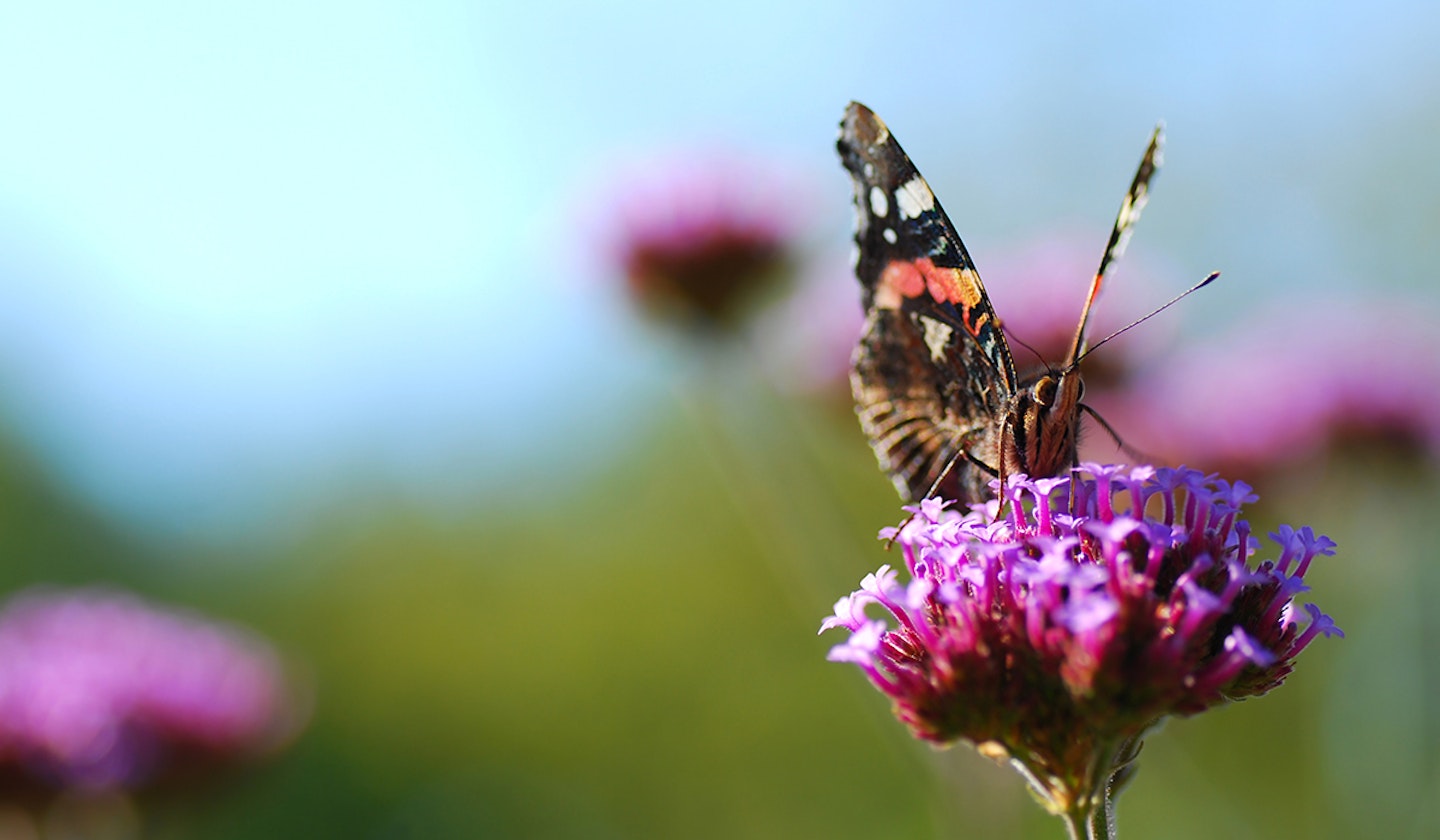
Clusters of tiny magenta-purple blooms atop tall, slender, branching stems from June to late September are loved by butterflies. Not completely hardy, it will survive mild winters and readily self-sows. Will grow to around 1.5m (5ft).
Pick up a copy of our sister title [Garden News magazine](http://www.great magazines. co.uk/gn) which is packed full of tips, inspiration, plant and product news and great money-saving offers.
Find out more about getting involved in the Big Butterfly Count.
